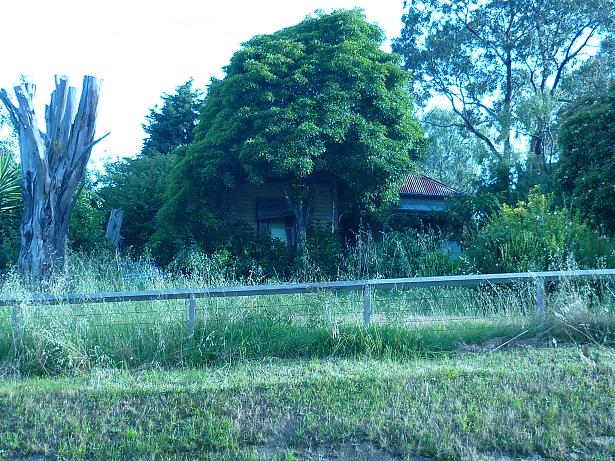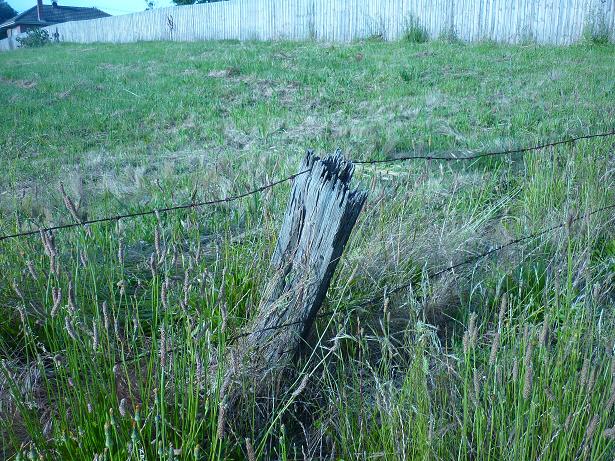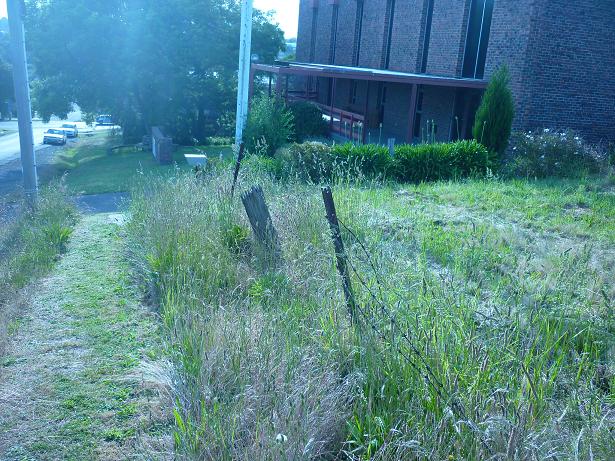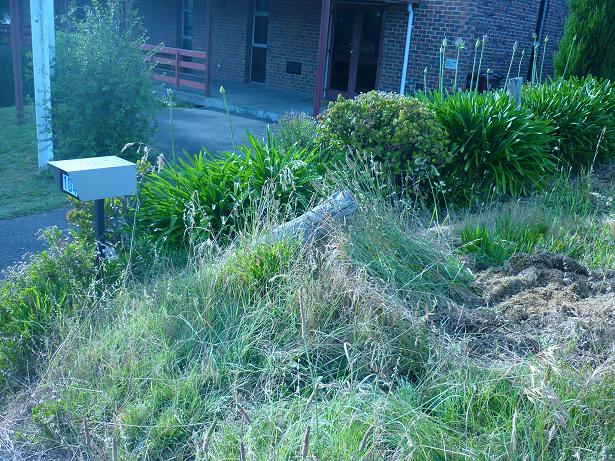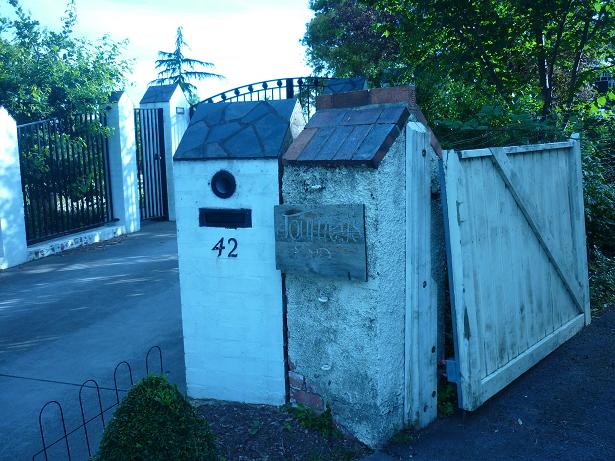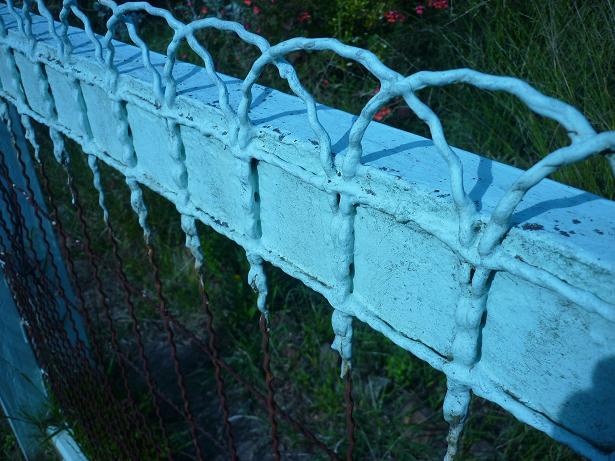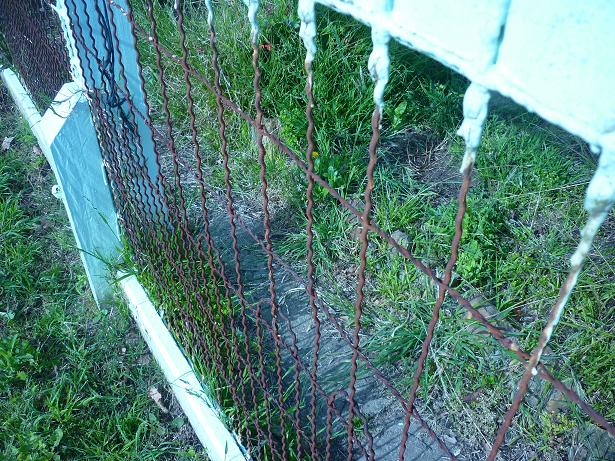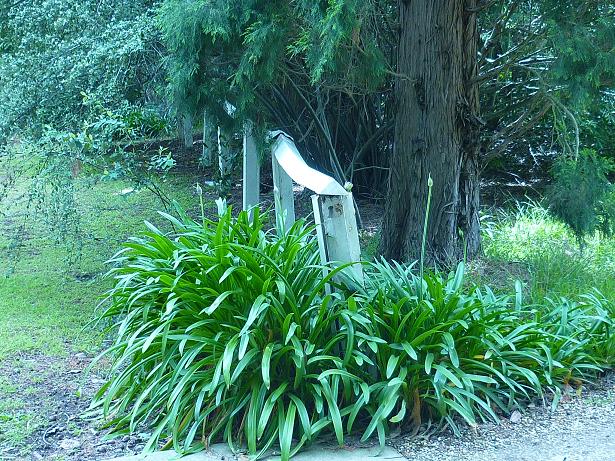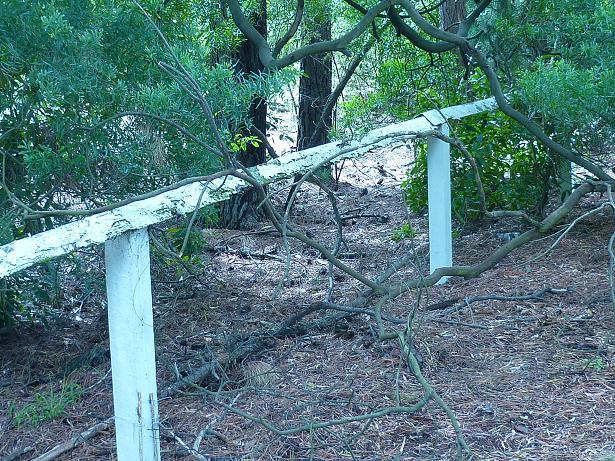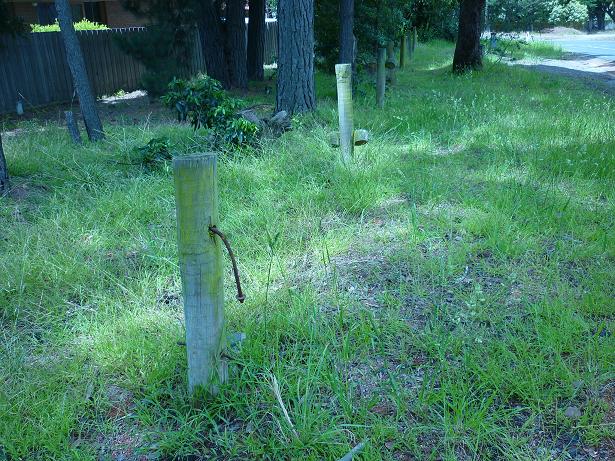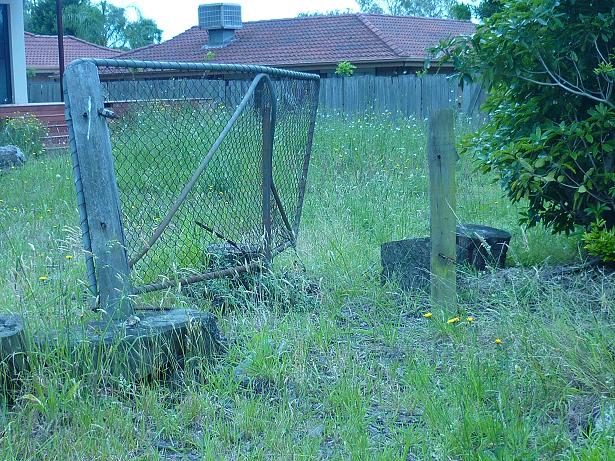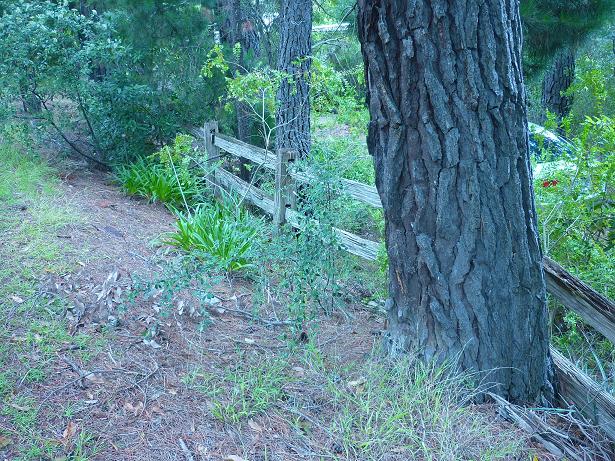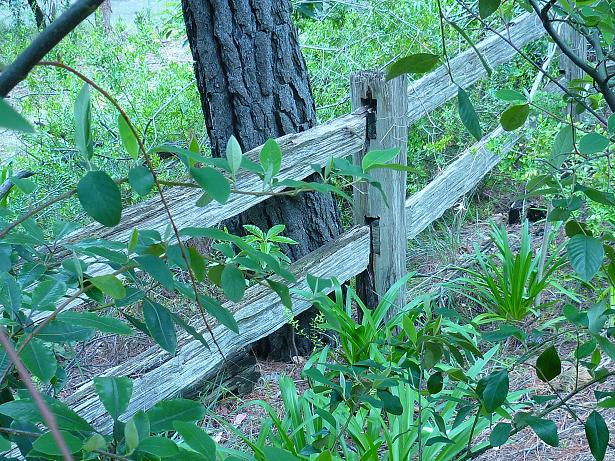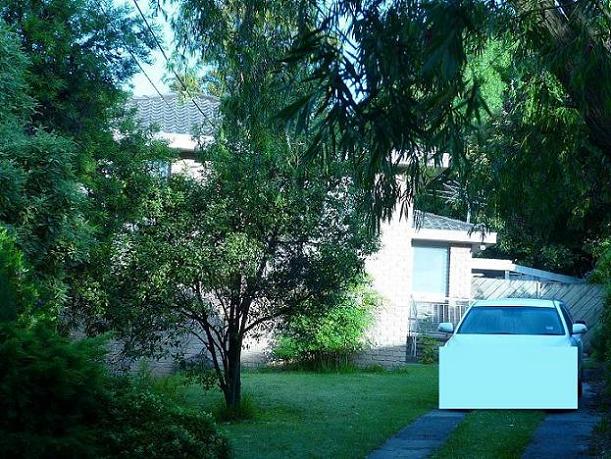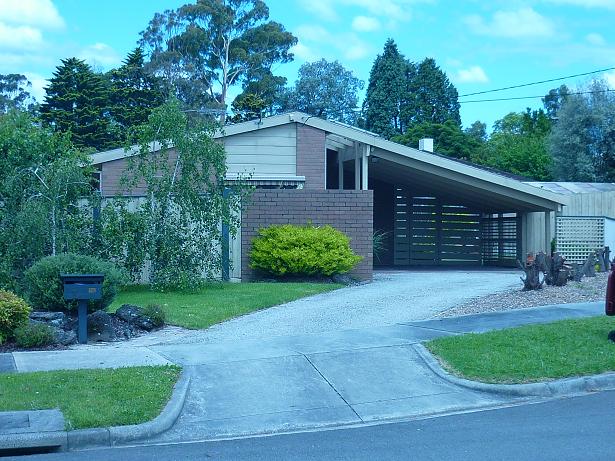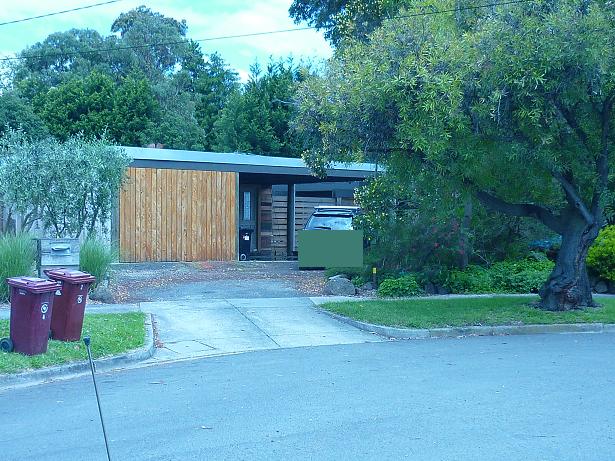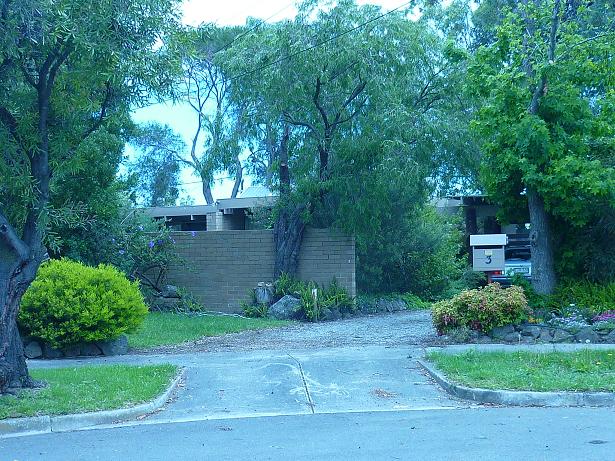2:48 PM Heritage Overlays. | |
Manningham council recently reduced the size of the heritage overlay over the eastern golf course property. The heritage overlay used to cover the entire property, that is all 116 acres. The new heritage overlay now protects an area of just around 1 acre. The heritage overlay needed to be reduced in size so the eastern golf course property could be redeveloped for residential dwellings. This redevelopment would help the council meet population growth objectives required by the state government.
This raises an interesting question: "Was the original heritage overlay over the entire Eastern Golf Club site necessary and reasonable in the first place?" When reducing the size of this heritage overlay, Manningham Council appealed to a report called: "Heritage Assessment in accordance with Schedule to the Development Plan Overlay July 2013" from Bryce Raworth Pty. Ltd. This document comments on the proposed reduction in the size of this Historical Overlay. On page 8 it says:
The proposed master plan represents an appropriate outcome for this site".
When speaking of the 'proposed master plan' it is talking about the reduction in the size of the heritage overlay. It then says that the much smaller heritage overlay is 'an appropriate outcome for this site'. So what are we to think? Are we to think that the previous heritage overlay, which covered the entire 116 acres, was not appropriate? Also on page 8 it also says this:
"'Tullamore' (that is, the original name of the homestead when the property was a farm years ago. This house was later turned into the golf club house) is retained in a landscaped curtilage (i.e. a 10 meter buffer area around the buildings) that seems appropriate and sufficient for the future conservation ..."
Again this raises some interesting questions. Are we to think that the previous heritage overlay, which covered the entire 116 acres, was not appropriate and was a massive overkill? And are we to think that all that was ever appropriate and required for heritage purposes was to protect the homestead, stables, three trees and a 10 meter buffer zone around them. This is what this report says and this is precisely what the Manningham Council went ahead and changed the overlay to.
So, just how reasonable are the other Heritage Overlays in Manningham? If, at the stroke of a pen, the Manningham council can eliminate some 115 acres of heritage property simply because it does not suit their objectives, just how reasonable and appropriate are all the other heritage overlays in Manningnam? Are many of them also unnecessary or a massive overkill? Let's have a look. There are some 200 heritage overlays imposed by our council. A list of the heritage overlays is appended to the document "Manningham Planning Scheme, Amendment C101, Explanatory Report". This document can be downloaded from documents for the meeting of 27 August 2013. Having a little time on my hands one day, I keyed the locations of these heritage overlays into my GPS, and went on a tour of many of the properties with heritage overlays in Manningham. The following became apparent rather quickly: When a heritage property is owned by the council or a business it is generally maintained well and used in some way. A good example of heritage property owned commercially is the Templestowe Hotel (Heritage Overlay 130). And a good example of heritage property in council hands is the Heidi Art Gallery (Heritage Overlays 160 and 161). However, when a residential property with a heritage overlay is owned privately, the picture can change a bit. First I should say that there are many properties with heritage overlays in private hands that are maintained extremely well. However there are others that are not. Let me give you some examples of those that are not. Heritage Overlay 204 (see below), is an old house in James Street Templestowe. It has clearly seen better days and it is unlikely to see such days again. Much of the house is obscured by overgrown vegetation. The condition of the house is actually a lot worse than can be seen in the photograph below.
Heritage Overlay 10 includes a remnant fence in Atkinson Street, Templestowe. (see below). This fence is simply a hazard and poses a danger to the public. If a broken-down, rusting fence like this were on private property and not protected by a council overlay, the council would inform you very quickly that it had to be removed or you would face a fine. Note how it is not being maintained and how rusting barbed wire lies entangled and hidden in the long grass. Note also how grass is not mowed up to the fence leaving the rusting barbed wire hidden from sight. The reluctance to clear vegetation away from the fence might be due to a fear of damaging the fence further which might attract punitive actions from the council. It will not be long before this fence falls apart completely and the barbed wire rusts and breaks into sections.
It soon became apparent that many of these heritage sites are in need of repair. And the reason why repairs were not being done, soon became apparent. People I have spoken to tell me that in many instances you need to get council approval for repairs. The colour of paint used, the type of materials used and fasteners and fittings and so on usually need to be approved by the council. Then you have to source, pay for and work with these items. I can see how this may be just too much of a problem for many ordinary people to deal with. Let me say again that there are many owners of heritage sites who persevere with council rules and directives and maintain their properties well. But there also appear to be many owners that are very reluctant to deal with the complications, rules, delays, even threats of fines and so on, that come part and parcel with the heritage overlay scheme. As a home handyman myself, much of the enjoyment I derive from working on my home would simply not be there if I had to endure such intrusiveness. The council would direct many of your choices, prevent you from doing things you may want and insist you do things you don't want to. Repairing a heritage site would not be a matter of enjoying a Saturday afternoon working on your home. I began to wonder if the heritage overlay scheme is as successful as many in the council and community would like us to think.
Consider another property with a heritage overlay. See below. This is a good side by side comparison of two properties in private hands. The difference is that one is protected by a heritage overlay while the other is not. The property on the right has the heritage overlay. Note how the sign is unpainted. You cannot simply go to Bunnings and buy some primer, paint and a brush and touch up the sign. Instead, the unpainted wood sign is left exposed to the rain and weather. Note also how the corner of the gate is rotting. Again, you simply cannot remove the rotting timber and replace it with some treated pine. Note how some of the render has fallen away from the post. Again, you simply cannot get out a trowel and some mortar and repair it. The property on the left does not have an heritage overlay. Note how well maintained it is.
Now consider this house also with a heritage overlay (see below). The front fence is part of the overlay. Note how repeated coats of paint now 'cake' the wire. Note how the bottom part of the fence wire is left unpainted and exposed to the weather and is rusting. It would not be unreasonable to replace the fence wire and several pieces of wood that are starting to deteriorate. But would you want to spend your time during the working week battling with the council as they insist on the type and style of wire you must use, the colour of paint you must use, and so on. And after all that, would you still have the enthusiasm to go ahead and do the repairs with them watching over your shoulder and forcing you to redo any work they are not happy with and even threatening punitive measures if you do not comply? Basically, the way things stand now, a house with a heritage overlay is not your own house.
Consider the following fence which is covered by Heritage Overlay 123 (see below). It is falling apart and in need of repair, probably replacement. My question is this. Just what is the heritage value of this fence. It looks like a fence that we had around our high school football oval some years back. I struggle to find anything significant about this fence.
Now consider this fence. This fence is covered under the Old Warrandyte Road Heritage Precinct (heritage overlay 122). This protected fence is made out of treated pine posts. Yes, treated pine! They probably date back to the 1980's (see http://www.portlandpine.com.au/treatment.html ) What heritage value these treated pine posts have is simply beyond me. In my view, it is a public hazard with its rusting bolts and rusting gate and wire.
Now consider the following fence. It is not covered by a heritage overlay. But if you were to look for a quintessential old Australian farm fence in Manningham, I could not think of a better example. Note that this fence does not appear to have been part of an original farm or orchard. Note that it has been adapted to fit the driveway and property boundaries so the fence has probably been salvaged from somewhere else and erected here. While the fence may not be original to the area (and this may be the reason why it does not attract a heritage overlay), the point to note is what people do when left alone. By themselves they salvaged an old fence that otherwise would have been used as firewood or left to rot and reused it in a suburban setting and made a feature out of it. Note how it is kept in a reasonable condition considering it's age.
The reason why our council imposes such heavy handed and restrictive controls on the other fences that, to me at least, appear to be insignificant and average in the extreme is simply beyond me. I also really question the sense of the following heritage overlay. Please see below. This very typical residential home has a heritage overlay protecting the INSIDE of the house. My question is, why place a heritage control over something that the public will probably never see? Just what is being protected inside this house? Will this valuable heritage asset ever be appreciated by the public? Do the owners of this house conduct tours of their home? (I don't know if they do. I did not ask them.) So the owners of this house cannot repaint the walls, renovate their kitchen, bathroom and so on, without getting approval from the council. Why? Who, other than the owners of this house, will ever get to see what is being preserved inside it? If it so valuable, then I suggest we record whatever is being protected by photographing it or, if possible, remove it and store or display that somewhere else and let the owners redecorate their own home as they wish. At least that way other people can get to appreciate whatever it is that's being protected.
Also there are heritage overlays on homes that were once display houses. If there are several display homes, a heritage precinct often protects all of them. My question is this: What heritage value do these buildings have? To my way of thinking display homes are very typical of other houses in the same area. They were originally built to be 'example' houses and many other houses of similar styles and size were soon built afterwards on surrounding blocks. They may have some nostalgic value because they were the first homes in an area, but other than that there is little to make them stand out from other houses in the area. I think this policy of protecting display homes is misguided and unnecessary. Let me give you some pictures of such houses:
Conclusion. There is good reason to think that many of the heritage overlays in Manningham are unreasonable or unnecessary. The above are just a selection of the 215 or so heritage overlays active in the city of Manningham. In my opinion, many properties currently have a heritage overlay for the wrong reasons. Decisions have been driven by a misguided sentimentality, nostaligia or a lack of appreciation for what is historic or worth preserving. There are many properties, display homes in particular, that need to be reassessed. Overlays covering the interior of homes, to me at least, are pointless in the extreme. Also there is also good reason to think that the heritage overlay scheme is not as effective as one may think. In fact when the council places a heritage overlay on a property, it can bring about the opposite of what the council seeks to achieve. This is because it seems the property owners then tend to then see the maintenance of a heritage property as a council responsibility and not so much as their responsibility. Also many disincentives come into play because the owners need to approach the council to get approval for each maintenance job they need to do.
Another way of looking after heritage assets. Our council currently preserves heritage sites through legislation and enforcing that legislation with punitive actions if people do not comply. Basically the council is saying that it does not trust the public to make the right decisions regarding these properties and it will make those decisions for you and fine you if you do not comply. However, I have found that home owners generally take a tremendous pride in their home renovations (and their work) and are only too willing to talk about what they have done and show it off to others. I have been in several homes where I have been given 'the tour' of what the owners have done. In fact, in a few days time, I am about to have another tour of a nearby home where the owners have just completed a kitchen renovation. People in Manningham and elsewhere do not deliberately damage their property but mostly maintain it with pride. Also they generally appreciate and value historical artifacts and, given the chance, will preserve and use them. I can't see why this aspect of Australian culture couldn't be harnessed to preserve what is old in Manningham. Possibly the local paper could do an article on heritage sites in private ownership that have been renovated by their owners. A change in approach something along these lines may bring about a dramatic shift in people's approach to preserving heritage items. Instead of being seen as a 'problem', heritage assets may be preserved willingly and displayed with pride.
10 Dec 2013 | |
| Views: 1235 | Added by: Blogger | |
